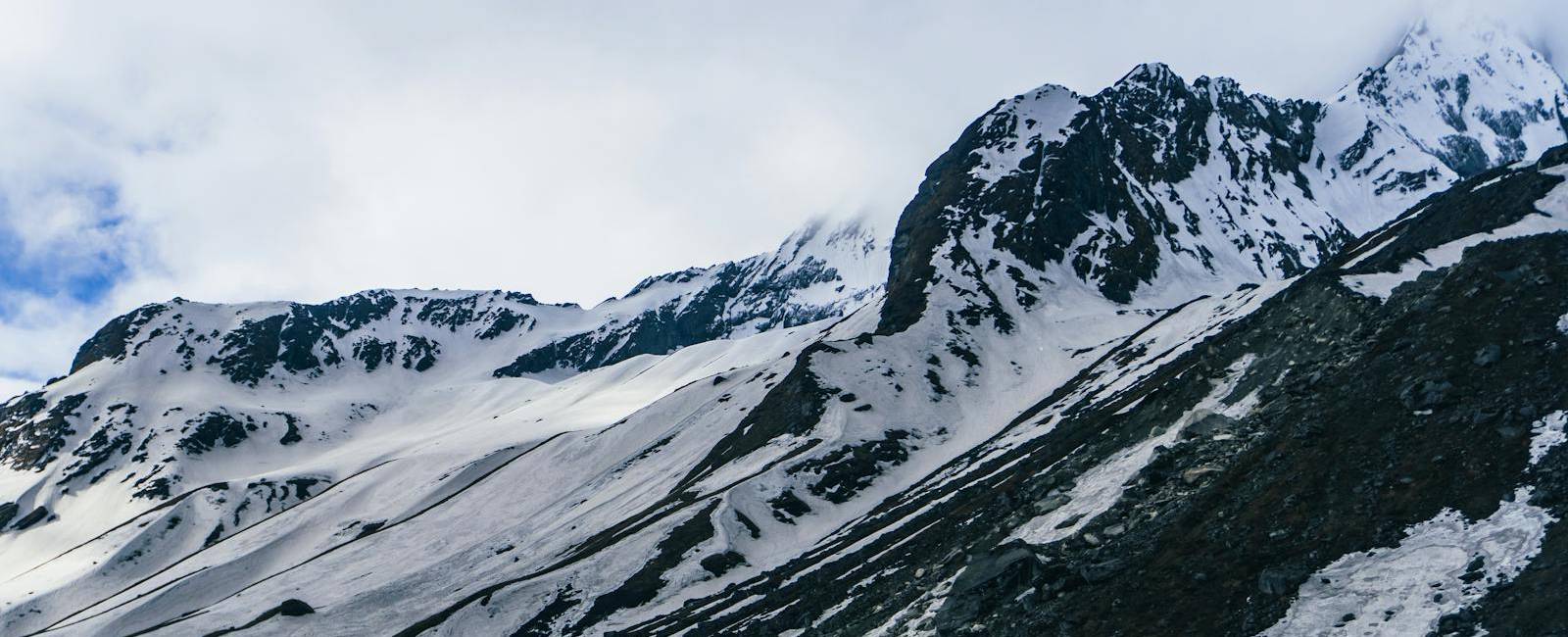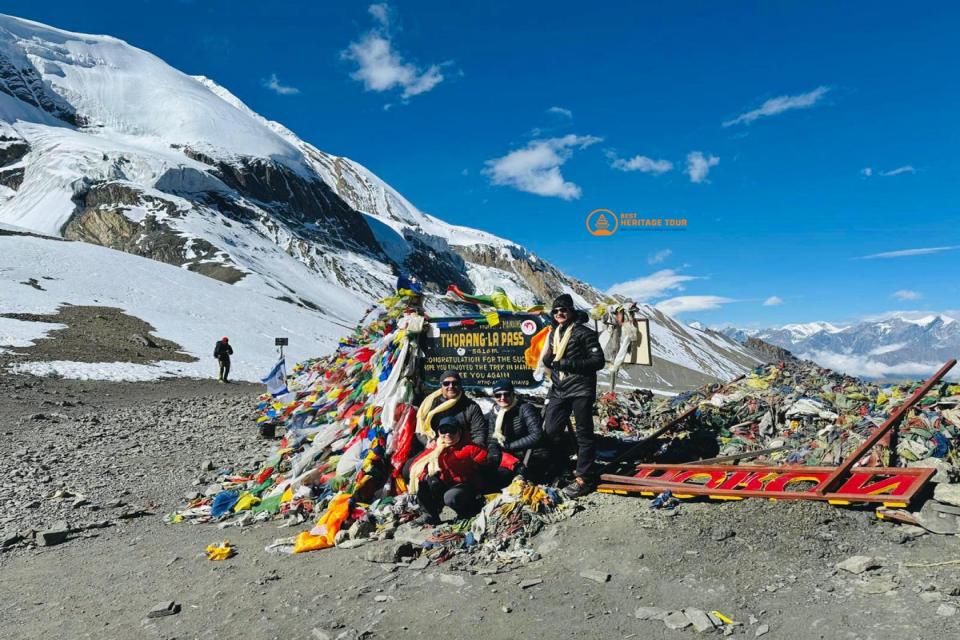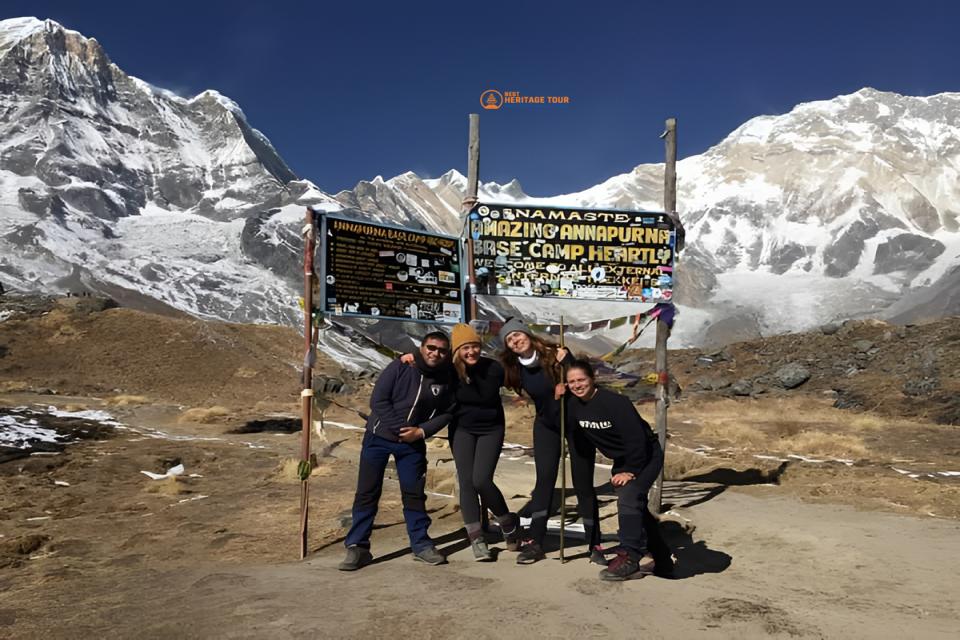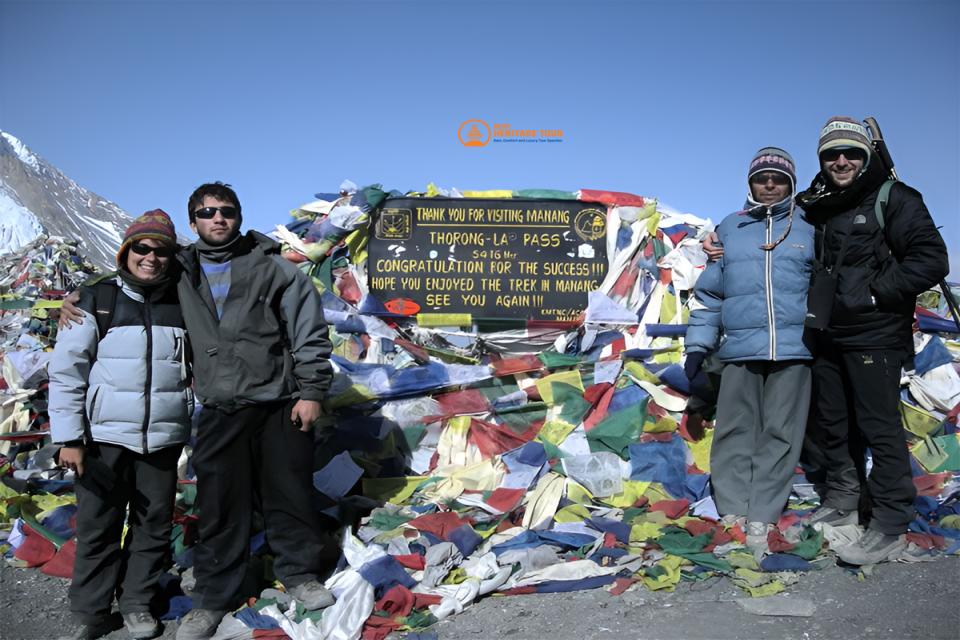The Annapurna Base Camp Short Trek (also known as the ABC Short Trek) is one of Nepal’s most rewarding short Himalayan hikes, taking just 5–7 days to reach the iconic Annapurna Sanctuary at 4,130 meters. Despite being shorter than the full Annapurna Circuit, this trek involves high-altitude terrain, steep ascents, chilly mornings, and variable weather.
Packing the right trekking gear ensures your comfort, safety, and success on the trail. This complete ABC short trek packing list will help you stay warm in cold temperatures, dry during Unpredictable Mountain weather, and agile on rugged paths.
1. Upper Body Layers for Changing Weather
Proper layering is essential for managing temperatures from subtropical forests to high-altitude base camps.
-
Moisture-Wicking Base Layers (2–3) – Help regulate body heat and keep sweat away.
-
Fleece Jacket or Softshell Mid-Layer – Provides insulation for cool mornings and evenings.
-
Compact Down Jacket (Warm & Lightweight) – Essential for early mornings at base camp.
-
Waterproof / Windproof Shell Jacket – Protects against snow, wind, and rain at higher elevations.
-
Quick-Dry Trekking Shirts (2–3) – Ideal for warm days and easy to layer.
-
Light Thermal Hoodie or Pullover – Adds warmth on colder trekking days.
2. Lower Body Clothing for Diverse Terrain
From forested trails to icy ridges, your legs need flexible, breathable, and weather-appropriate layers.
-
Lightweight Trekking Pants (2) – Convertible pants work great in varied weather.
-
Thermal Base Layer Bottoms (1–2) – Vital for staying warm at higher altitudes.
-
Rain Pants or Trekking Poncho – Especially useful during monsoon or shoulder seasons.
-
Quick-Dry Underwear (3–4) – Keeps you dry and comfortable all day long.
3. Head & Hand Protection for Mountain Conditions
Don’t forget your extremities—these items are crucial for sun protection and warmth.
-
Sun Hat or Trekking Cap – Helps protect from intense sun at lower altitudes.
-
Woolen Hat or Beanie – Keeps you warm above 3,000 meters.
-
Buff or Neck Gaiter – Versatile for warmth, dust, or wind protection.
-
UV-Protected Sunglasses – Snow glare can be intense near base camp.
-
Headlamp (with Extra Batteries) – For early morning hikes or dark teahouses.
-
Fleece or Wool Gloves – Light but effective for warmth.
-
Waterproof Insulated Gloves (Optional) – Great for frost-prone mornings.
4. Footwear & Trekking Socks for Rugged Trails
Your feet will carry you across 70–100 kilometers of trail—choose comfort and durability.
-
Waterproof Hiking Boots (Broken-In) – With ankle support for rocky paths.
-
Camp Shoes or Sandals – Let your feet breathe at the end of each day.
-
Wool or Synthetic Trekking Socks (3–4 Pairs) – Prevent blisters and retain warmth.
-
Optional Sock Liners – Provide added comfort and reduce friction.
5. Backpacks & Trekking Gear Essentials
Stay organized and light with these critical trekking accessories.
-
Backpack (40–45L) with Hip Support – Main pack for all essentials.
-
Daypack (15–25L) – Carry daily items if using a porter.
-
Rain Cover for Backpack – Keeps gear dry during sudden downpours.
-
Trekking Poles – Reduce knee stress and improve stability.
-
Water Bottles or Hydration Bladder (2L+) – Hydration is key at altitude.
-
Water Purification Tablets / Filter Bottle – Avoid contaminated water.
-
Sleeping Bag (Rated -5°C or Colder) – Teahouse rooms can get frigid.
-
Quick-Dry Microfiber Towel – Ideal for teahouse wash-ups.
6. Personal Hygiene & Toiletries
Keep your hygiene routine simple but effective in remote areas.
-
Toilet Paper or Tissues
-
Wet Wipes & Hand Sanitizer
-
Biodegradable Soap / Shampoo
-
Toothbrush & Toothpaste
-
High-SPF Sunscreen (30+)
-
Lip Balm with SPF
-
Menstrual Hygiene Products – If applicable
7. Health, Safety & Electronics for Trekking
Be ready for altitude, fatigue, and limited connectivity.
-
Basic First Aid Kit – Include altitude pills (Diamox), painkillers, plasters, etc.
-
Insect Repellent – Especially useful in forested areas like Jhinu Danda.
-
Power Bank / Solar Charger – Electricity access may be limited or costly.
-
Smartphone / Camera – Capture those stunning mountain panoramas.
-
Offline Maps or Trekking App – Helpful even with guides.
-
Travel Insurance (With Evacuation Coverage) – Essential for high-altitude safety.
8. Documents & Trekking Permits
Don’t forget the paperwork—permits are mandatory in the Annapurna region.
-
Original Passport + Photocopies
-
ACAP Permit & TIMS Card – Required for all Annapurna treks.
-
2+ Passport-Size Photos – Needed for permits and forms.
-
Travel Insurance Certificate
-
Cash in Nepali Rupees (NPR) – No ATMs beyond Pokhara or Ghandruk.
Optional but Recommended Trekking Items
-
Energy Bars / Electrolyte Packs / Trail Snacks
-
Notebook & Pen – Document your ABC journey.
-
Small Lock for Backpack or Teahouse Room
-
Earplugs & Sleep Mask – Better sleep in shared accommodations.
-
Mini Repair Kit / Duct Tape – For emergency gear fixes.
Final Packing Tips for Annapurna Base Camp Short Trek
-
Go light but complete – Every extra kilo matters on steep ascents.
-
Break in your boots before the trek – Blisters can ruin your hike.
-
Expect all-weather conditions – Be ready for heat, rain, and snow.
-
Stay hydrated and pace yourself – Avoid altitude sickness.
-
Respect local culture – Dress modestly and follow responsible travel practices.
Ready to Conquer the ABC Short Trek?
With this detailed Annapurna Base Camp Short Trek gear checklist, you’re fully equipped to face altitude, cold mornings, and breathtaking trails. A well-packed backpack ensures a smoother journey, allowing you to focus on the majestic Annapurna peaks, vibrant forests, and local culture along the way.





